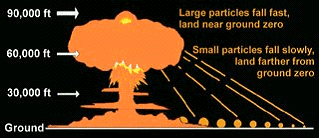- May 3, 2009
- 3,391
- 1,301
- 198
- Thread starter
- #181
I would start with the areas originally proposed for defending with the Spartan/Sprint ABM system with the exception of the protection of ICBM sites which I always felt was pointless.But you are missing that is why I along with Dayton think we need to look into AEGIS Ashore for use in the US. Likely nothing as vast as the old NIKE program, but at least our 10 major cities is very doable. And the technology is sound.


